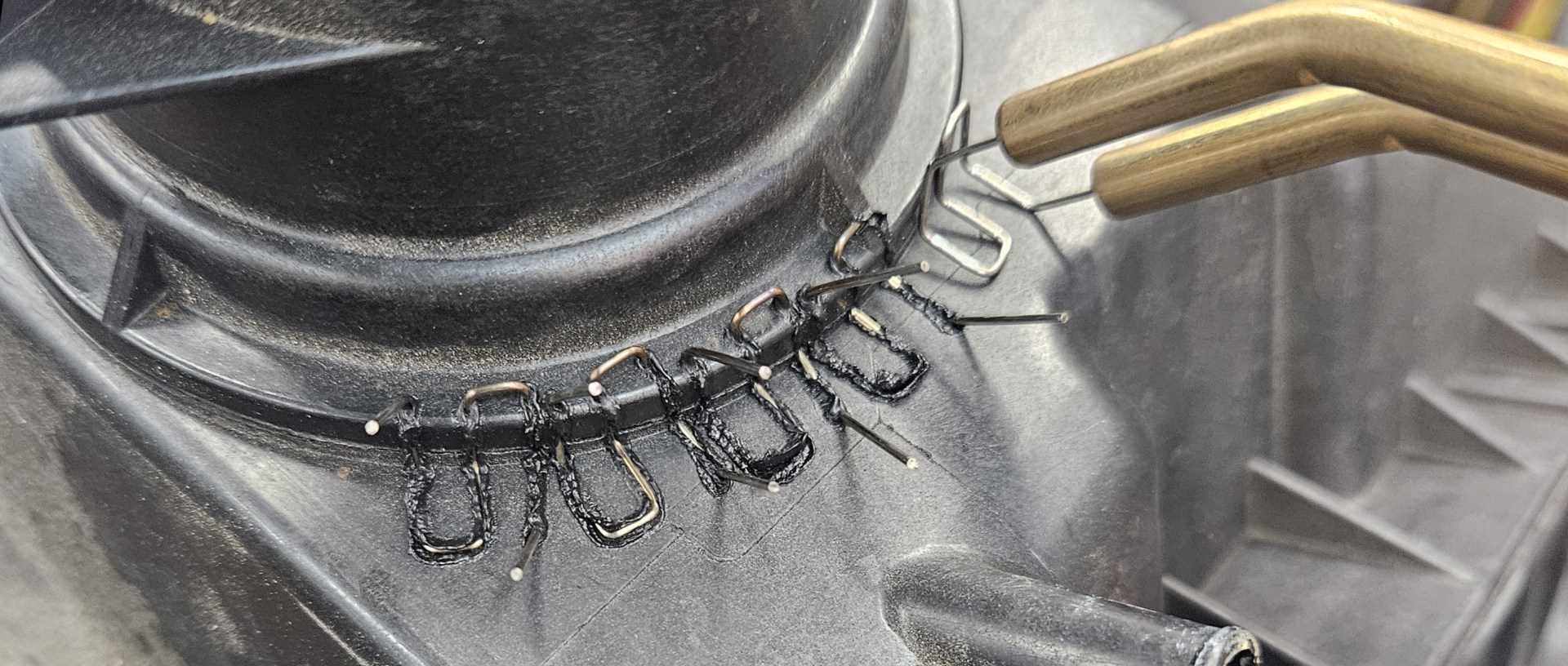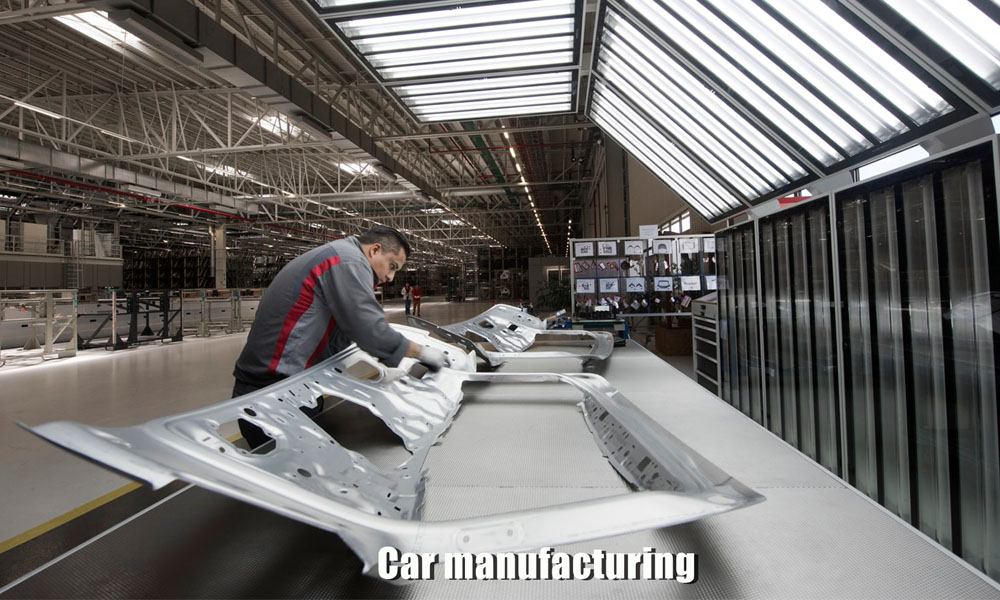Usual Welding Repair Issues and Just How to Address Them Efficiently
Welding fixings often encounter a variety of concerns that can threaten the stability of the last product. Common issues include poor penetration, porosity, and imbalance, to name a few. Each problem offers distinct challenges that require details methods for resolution. Understanding these problems is important for welders aiming to boost their skills and end results. This discussion will explore these usual welding repair issues and effective approaches to resolve them.
Inadequate Infiltration
Inadequate penetration occurs when the weld steel stops working to completely fuse with the base material, leading to weak joints and possible structural failings. This issue usually stems from insufficient warm input, inaccurate electrode angle, or incorrect welding speed. Welders might experience inadequate infiltration due to a miscalculation of the necessary specifications for a particular material density or type. Additionally, contamination on the base product's surface can prevent effective bonding, worsening the problem. To deal with inadequate infiltration, welders need to guarantee suitable setups on their equipment and maintain a tidy work surface. Normal examination of welds is suggested to recognize any kind of deficiencies early, permitting timely corrections and the avoidance of endangered architectural stability in bonded assemblies.
Porosity
Porosity is a typical problem in welded joints that shows up as small gas bubbles trapped within the weld metal. This issue can compromise the integrity of the weld, causing minimized stamina and potential failure under stress. Belgrade Welding. Porosity normally occurs from contamination, moisture, or inappropriate welding methods, which enable gases to escape right into the molten weld pool. To address porosity, welders ought to ensure correct surface preparation, keep a clean workplace, and utilize suitable welding parameters. Additionally, choosing the best filler product and protecting gas can mitigate gas entrapment. Routine inspection and screening of welds can help recognize porosity early, ensuring prompt corrective activities are taken, therefore preserving the quality and dependability of the welded framework
Misalignment
Imbalance in welding can emerge from numerous aspects, consisting of improper setup and thermal development. Understanding the origin is essential for efficient resolution. A number of improvement techniques are available to realign elements and assure structural honesty.
Sources of Imbalance
Welding misalignment frequently originates from a selection of underlying problems that can endanger structural stability. One main cause is incorrect fit-up of parts before welding, which can lead to voids and unequal surfaces. Variations in thermal expansion throughout the welding procedure can likewise lead to distortion, especially if the materials being joined have various coefficients of development. In addition, insufficient fixturing and securing may fail to hold components safely in location, bring about activity during welding. Inadequately conserved devices, consisting of welding devices and devices, may present disparities in the weld bead, additional contributing to misalignment. Operator mistake, stemming from insufficient training or experience, can additionally play a considerable duty in developing misaligned welds.

Correction Techniques Available
Dealing with misalignment efficiently requires a combination of corrective strategies customized to the specific problems at hand. One typical method is using jigs or components to hold components in the correct position during welding, guaranteeing consistent alignment. Additionally, preheating the products can help in reducing distortion and enhance fit-up. For substantial misalignment, mechanical realignment strategies, such as using hydraulic jacks or clamps, can be utilized to fix the setting before welding. Post-weld warmth treatment may also be needed to relieve tensions brought on by imbalance. Cautious evaluation and modification during the configuration stage can stop imbalance concerns from coming to be considerable issues, promoting a smoother welding process and enhancing general structural stability.
Distortion
Distortion is an usual difficulty in welding that can occur from various factors, consisting of irregular heating & cooling. Understanding the reasons of distortion is crucial for carrying out efficient avoidance techniques. Resolving this problem not only improves structural honesty yet also enhances the general high quality of the weld.
Sources of Distortion
When subjected to the intense warmth of welding, materials typically undergo changes that can result in distortion. This sensation largely arises from thermal development and tightening throughout the welding procedure. As the weld area warms up, the material increases; upon cooling, it contracts, which can produce interior tensions. Furthermore, irregular home heating across a workpiece can exacerbate these stresses, leading to bending or bending. The kind of material likewise plays a significant duty; steels with varying thermal conductivity and coefficients of development might respond in a different way, causing uncertain distortions. Furthermore, poor joint layout and insufficient fixturing can add to misalignment throughout welding, increasing the likelihood of distortion. Understanding these reasons is necessary for reliable welding fixing and prevention methods.
Avoidance Techniques
Effective prevention methods for distortion during welding emphasis on controlling heat input and making sure correct joint layout. Maintaining a consistent warmth input helps to decrease thermal development and contraction, which can cause distortion. Making use of strategies such as preheating the work surface can likewise More Help reduce the temperature level slope, promoting consistent heating. Furthermore, picking ideal joint designs, such as T-joints or lap joints, can enhance stability and reduce stress and anxiety focus. Applying proper fixturing to secure the work surfaces in location better aids in keeping alignment throughout the welding process. Staggered welding series can disperse warmth extra uniformly, stopping localized distortion. By using these methods, welders can greatly lower the possibility of distortion and improve the general top quality of their welds.
Breaking
Fracturing is a typical concern run into in welding repair services, typically resulting from different variables such as incorrect cooling prices, product option, or poor joint prep work. The occurrence of splits can considerably compromise the stability of the weld, leading to possible failings during operation. To resolve this problem, welders should initially examine the origin creates, making certain that materials are suitable and appropriately chosen for the specific application. Furthermore, controlling the air conditioning price during the welding process is important; fast air conditioning can cause anxiety and bring about breaking. Appropriate joint design and prep work also contribute to lessening the risk. Implementing these approaches can improve weld high quality and toughness, ultimately reducing the likelihood of cracking in completed arc welding aluminum weldments.

Insufficient Fusion
A considerable concern in welding repair work is incomplete blend, which takes place when the weld metal does not effectively bond with the base material or previous weld passes - Montana Mobile Welding and Repair. This problem can lead to weaknesses in the joint, potentially jeopardizing the stability of the welded framework. Elements adding to incomplete blend include insufficient warm input, improper welding method, and contamination of the surfaces being joined. To resolve this problem effectively, welders ought to ensure proper pre-weld cleansing and surface preparation, in addition to readjust their welding parameters to achieve ample penetration and fusion. Routine examination during the welding process can additionally help determine incomplete combination early, permitting timely rehabilitative steps to boost the general high quality of the weld
Overheating
While welding repair services can enhance structural honesty, overheating offers a considerable obstacle that can bring about material destruction. Excessive heat throughout welding can modify the mechanical buildings of steels, leading to minimized stamina, enhanced brittleness, and bending. This phenomenon is particularly crucial in high-stress applications where architectural reliability is extremely important. Identifying overheating can involve aesthetic evaluations for staining or distortion, along with monitoring temperature level throughout the welding procedure. To mitigate the threats related to overheating, welders need to utilize suitable techniques, such as controlling heat input, adjusting traveling rate, and making use of suitable filler products. Furthermore, carrying out pre- and post-weld warm therapies can help restore product residential or commercial properties and improve the total top quality of the repair work, ensuring long-term efficiency and security.
Often Asked Concerns
What Are the Common Indicators of a Welding Problem?

How Can I Check My Welds for Quality?
To examine welds for high quality, one can make use of visual inspections, ultrasonic screening, and radiographic approaches. Each strategy assures structural stability, identifies flaws, and validates adherence to defined criteria, ultimately improving the dependability of the welded joints.
What Security Precautions Should I Take While Welding?
When welding, one need to prioritize safety by wearing appropriate individual safety equipment, making sure appropriate air flow, protecting flammable products away, preserving a clean office, and recognizing surroundings to stop injuries and mishaps.
Can I Repair a Weld Without Redoing the Entire Joint?
Repairing a weld without redesigning the whole joint is feasible, depending on the damage (Montana Mobile Welding and Repair). Methods such as grinding, adding filler material, or making use of a welding procedure can successfully deal with specific defects while protecting the bordering structure
What Tools Are Vital for Effective Welding Repairs?
Vital tools for efficient welding repair work include a welding device, cord brush, mill, safety gear, Get the facts clamps, and filler products. Each device plays a vital role in ensuring top quality and safety throughout the repair work procedure. Porosity generally emerges from contamination, dampness, or incorrect welding strategies, which allow gases to run away right into the molten weld pool. Badly kept devices, consisting of welding equipments and devices, may present variances in the weld bead, more contributing to imbalance. When subjected to the intense warm of welding, materials usually undergo modifications that can lead to distortion. Fracturing is a common problem run into in welding repairs, frequently resulting from various aspects such as incorrect air conditioning prices, product option, or insufficient joint preparation. A significant concern in welding repairs is insufficient blend, which occurs when the weld steel does not adequately bond with the base product or previous weld passes.